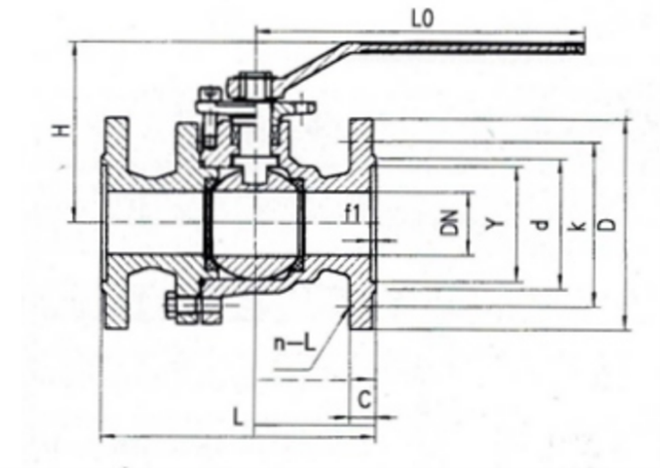Ball Valves
KEFA Ball Valves are mechanical devices used to control the flow of liquids or gases through a pipe or tubing system. They consist of a hollow, spherical ball with a hole (bore) in the center. The ball is positioned within a valve body and can be rotated by a handle or actuator to control the flow.
When the ball valve is open, the bore aligns with the pipe, allowing the fluid or gas to pass through unobstructed. Conversely, when the valve is closed, the ball is rotated 90 degrees, blocking the flow, and sealing off the pipe. This on/off functionality makes ball valves ideal for applications where quick and precise control of the flow is required.
Ball valves offer several advantages. They provide a tight seal when closed, minimizing leakage. They are highly durable, resistant to wear, and suitable for various media, including corrosive substances. The full-bore design of some ball valves allows for unrestricted flow, reducing pressure drop across the valve. Additionally, ball valves are relatively easy to operate and require low maintenance.
Ball valves come in different designs, such as floating ball, trunnion-mounted ball, or V-port ball valves, each with specific applications and features. They are commonly used in industries such as oil and gas, petrochemicals, water and wastewater treatment, pharmaceuticals, and HVAC (heating, ventilation, and air conditioning) systems.
Q41F Ball Valve – Hand Operated


Technical Information
| Type | Test Pressure | Shell Test Pressure | Seal Test Pressure | Working Temperature | Application |
|---|---|---|---|---|---|
| Q41F-16Q Q41F-16C | 232 psi | 550 psi | 418 psi | 392 max. | Steam, Water, Petroleum, etc. |
| Q41F-25Q Q41F-25 | 367 psi | 1,378 psi | 1,029 psi | ||
| Q41F-40 | 580 psi | 3,480 psi | 2,552 psi |
Item #2
| Col1 | Col2 |
|---|---|
| Row1 | Row2 |
